OPEN ASSEMBLY
Experiments in Aesthetics and Politics

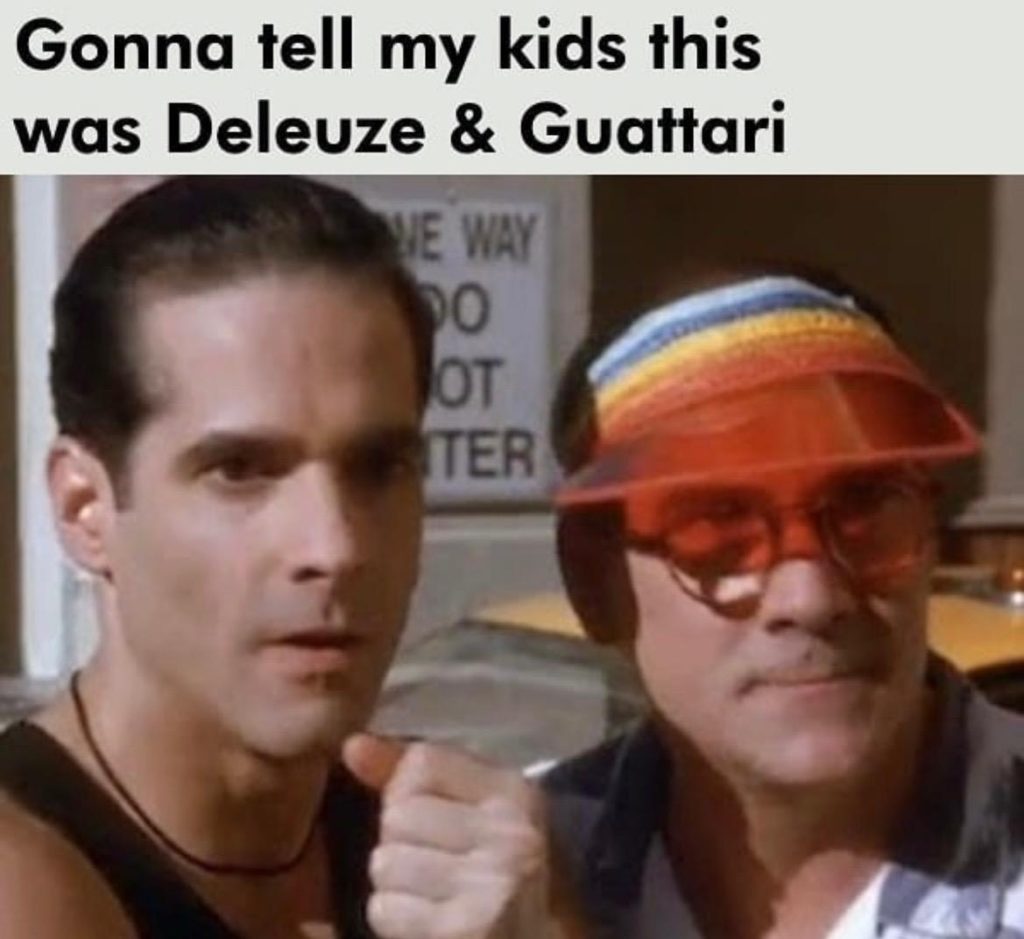
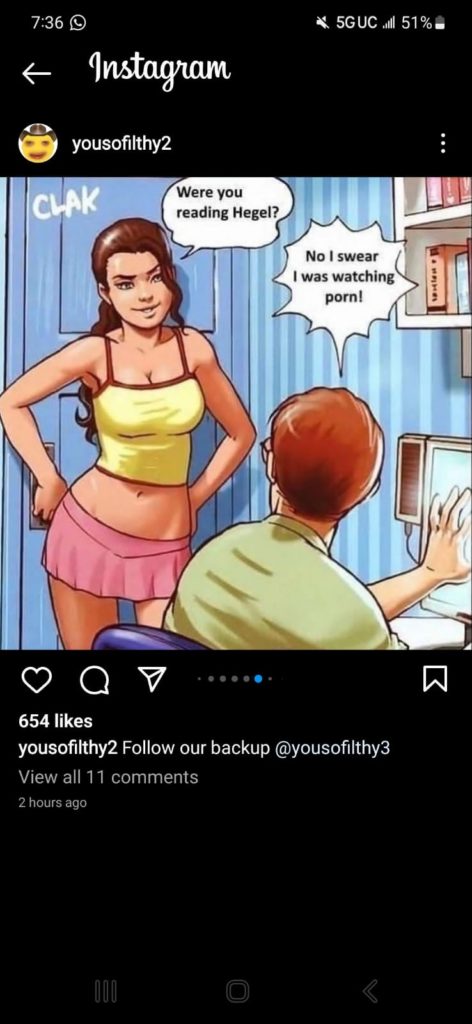
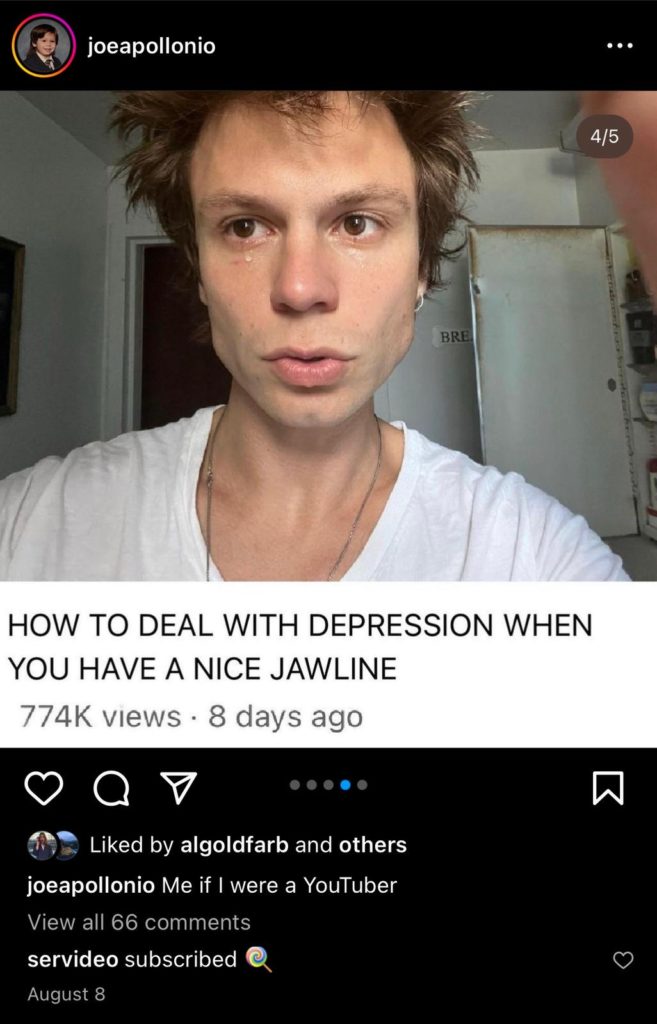
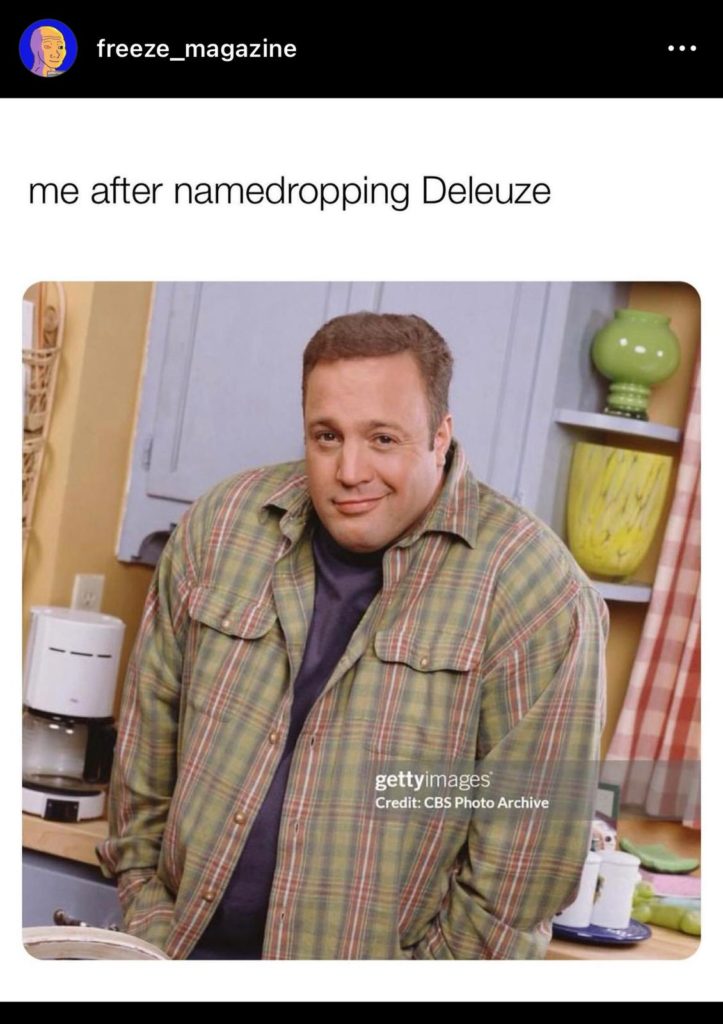
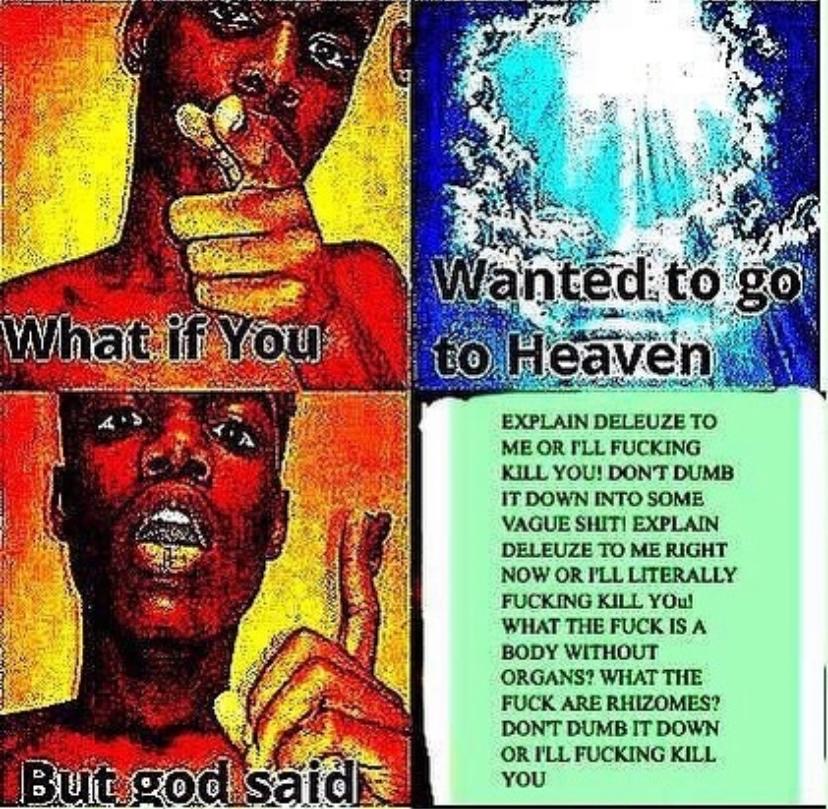

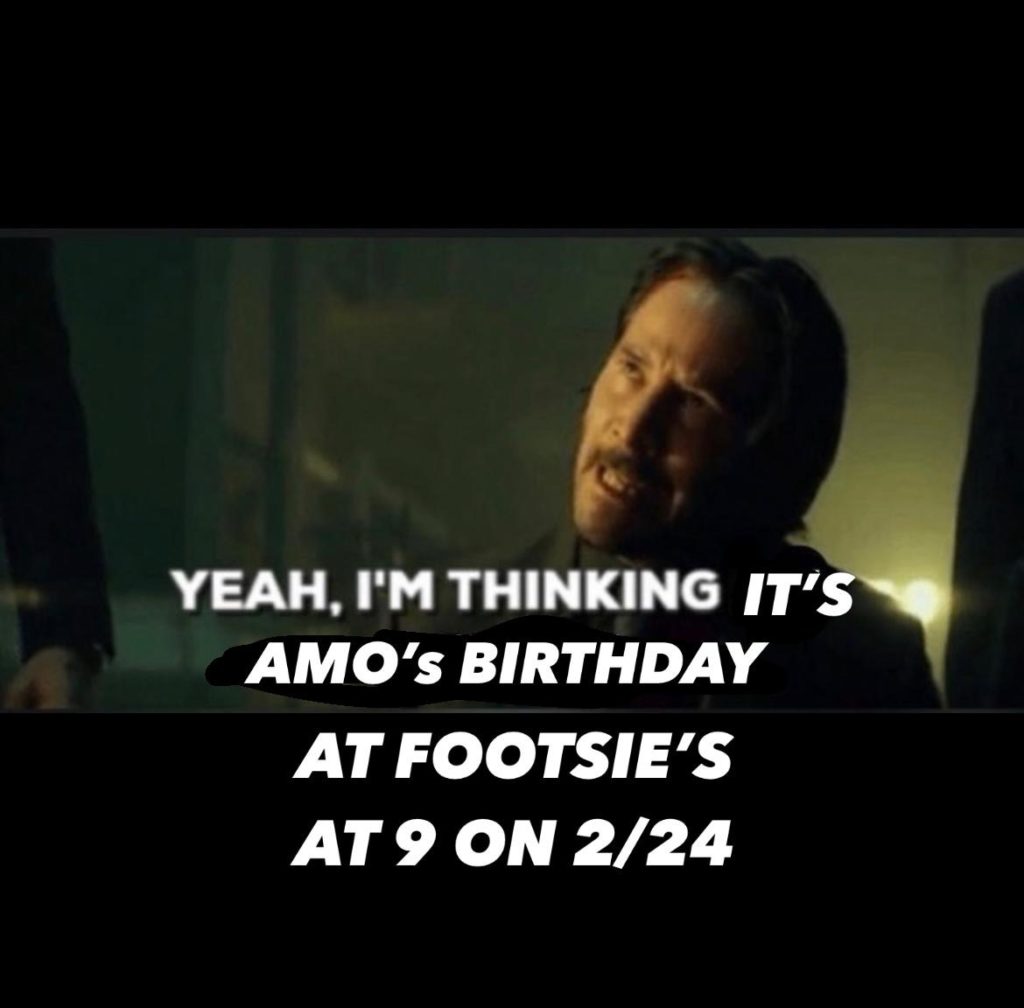
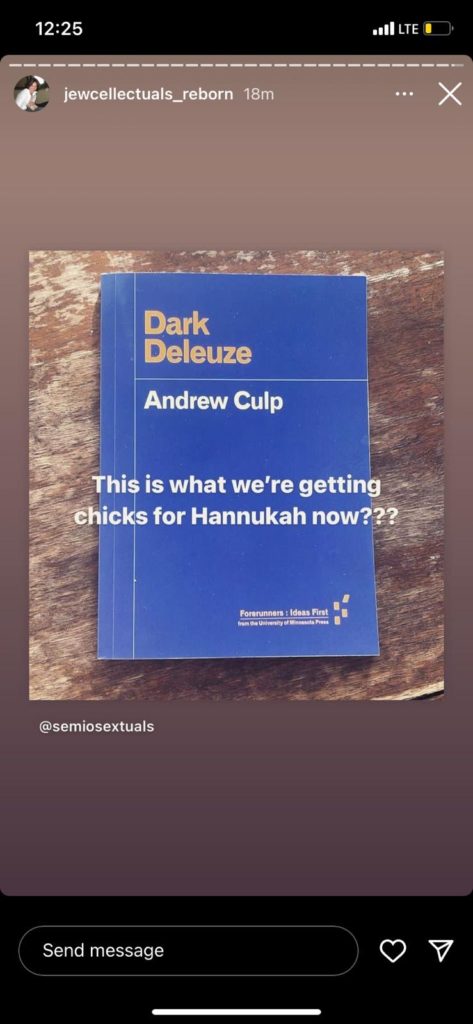
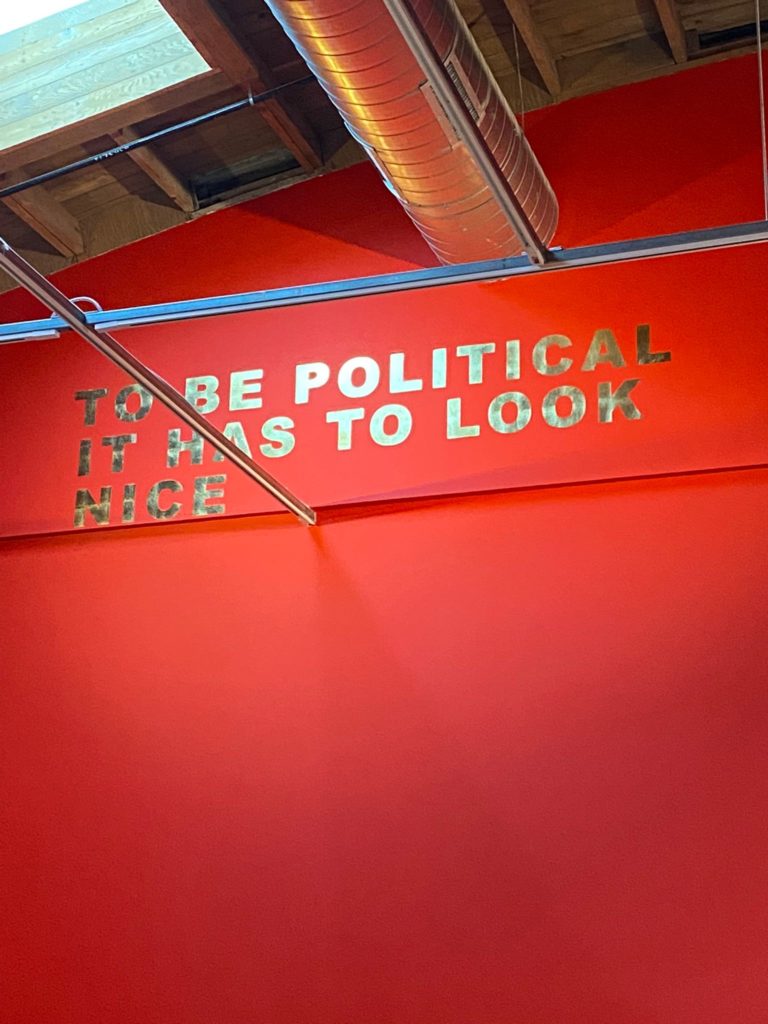
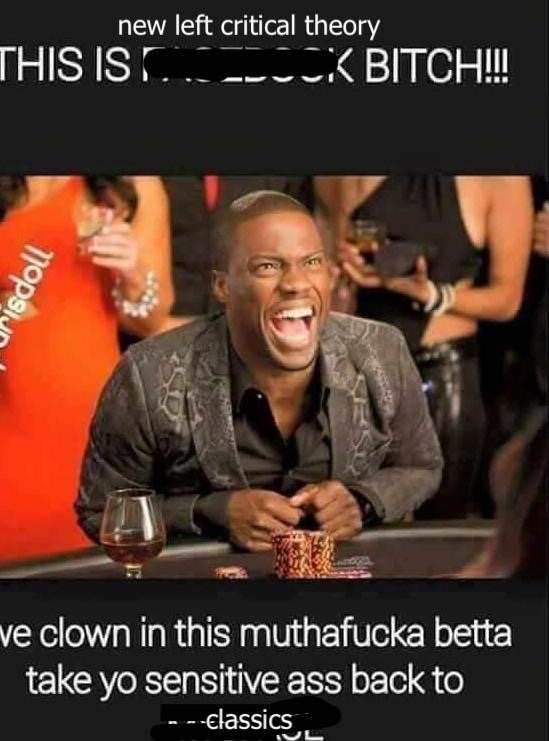
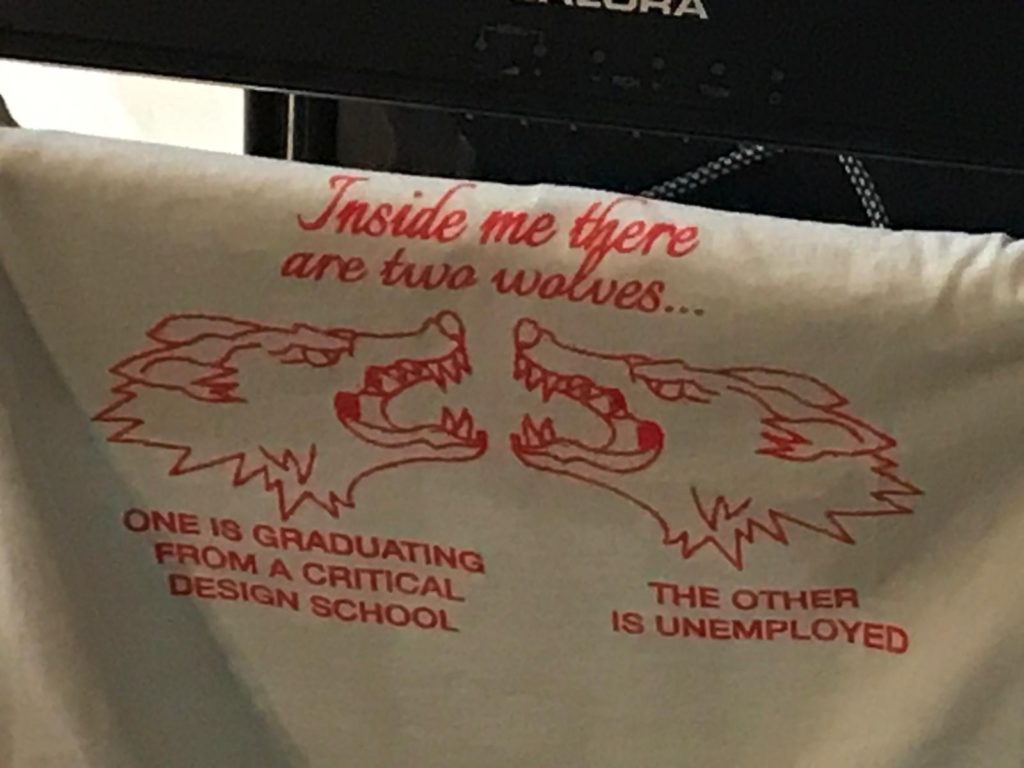
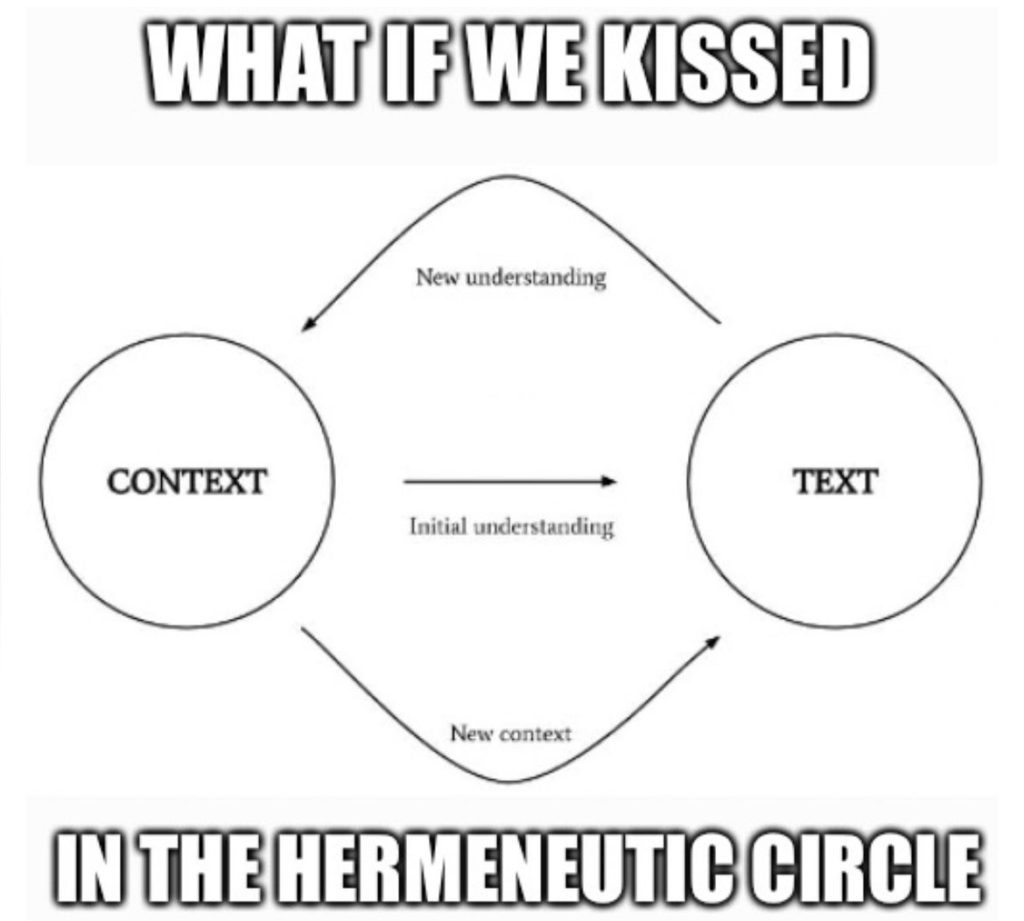

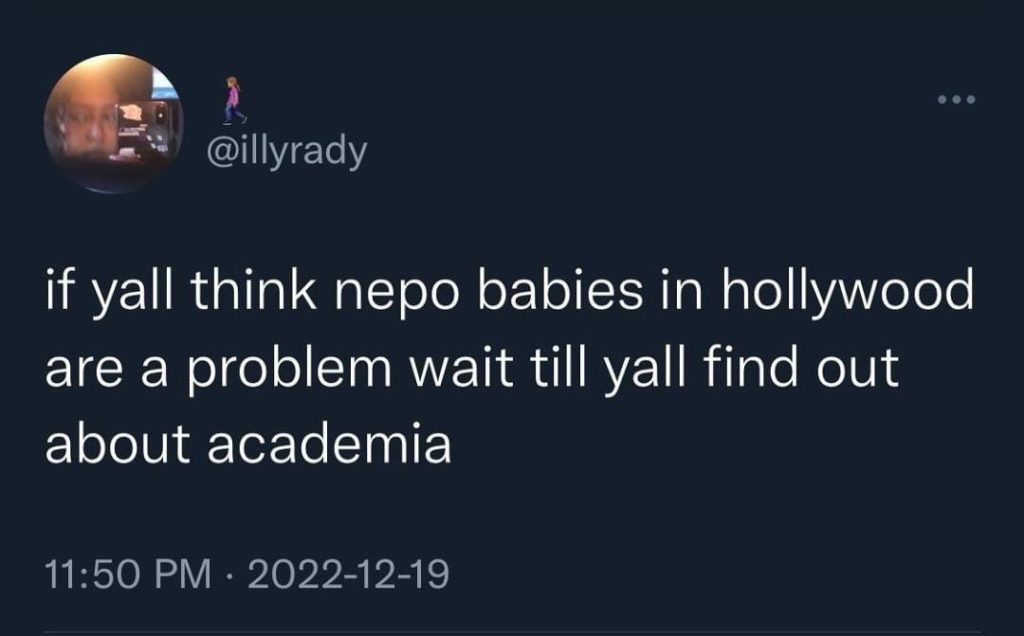
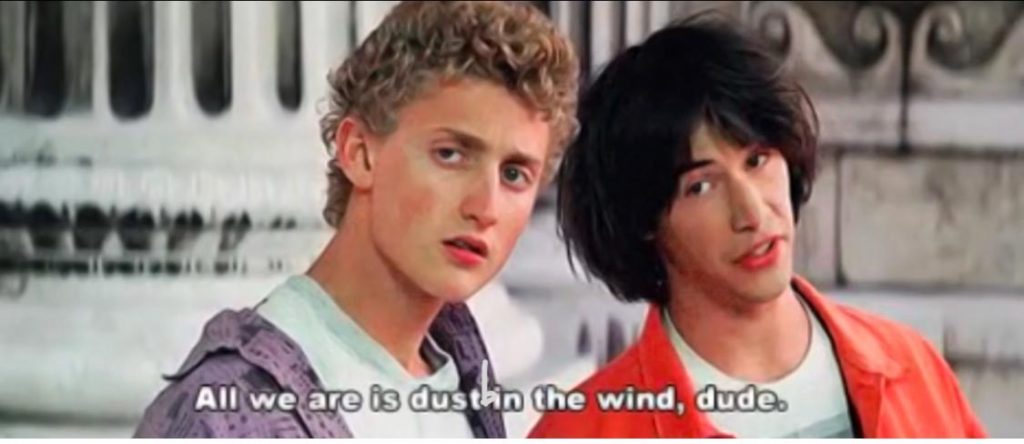


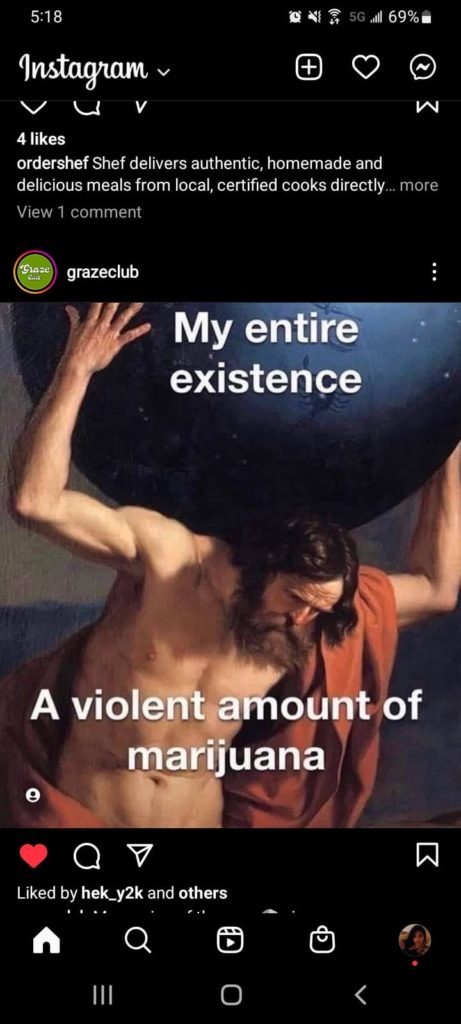
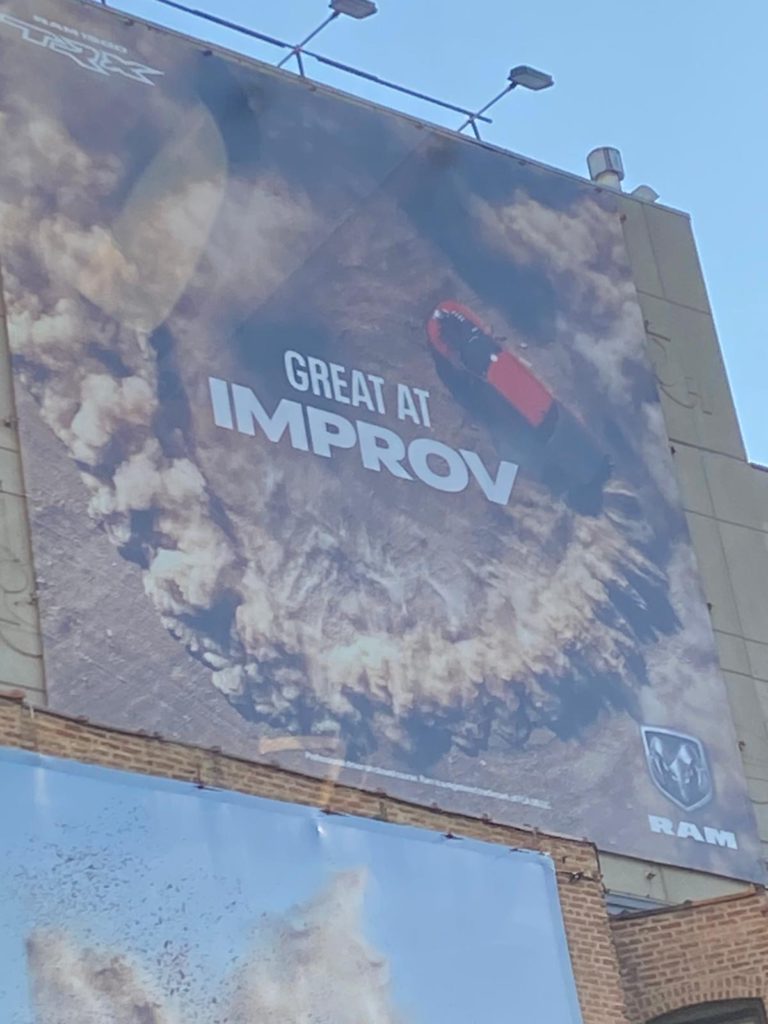
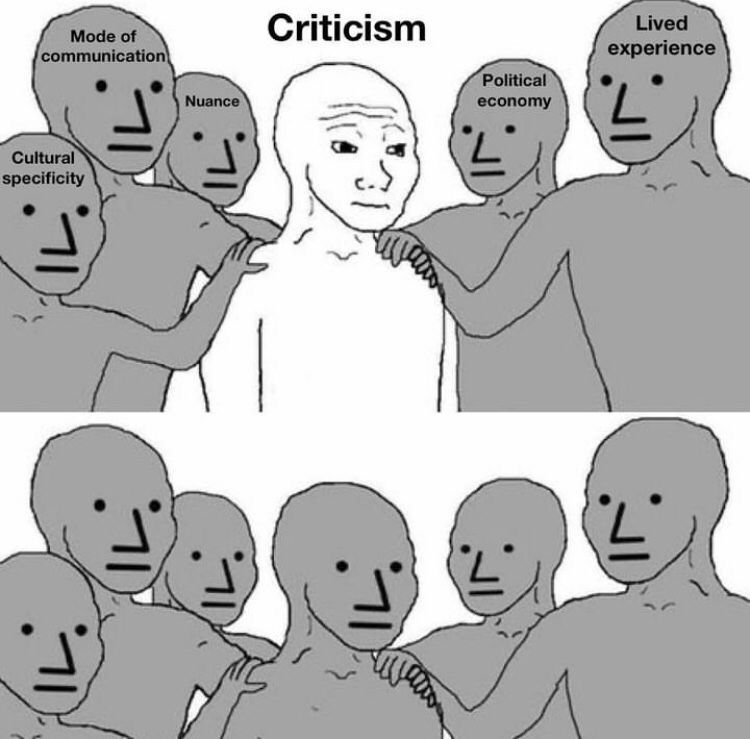
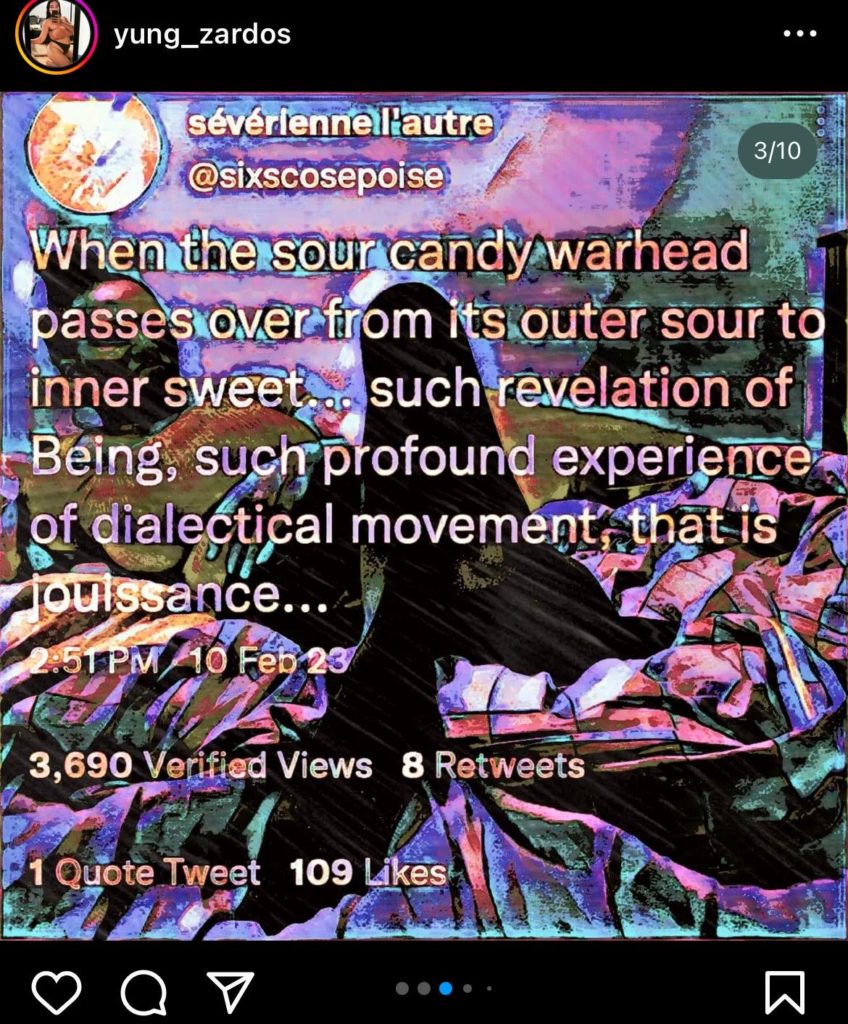
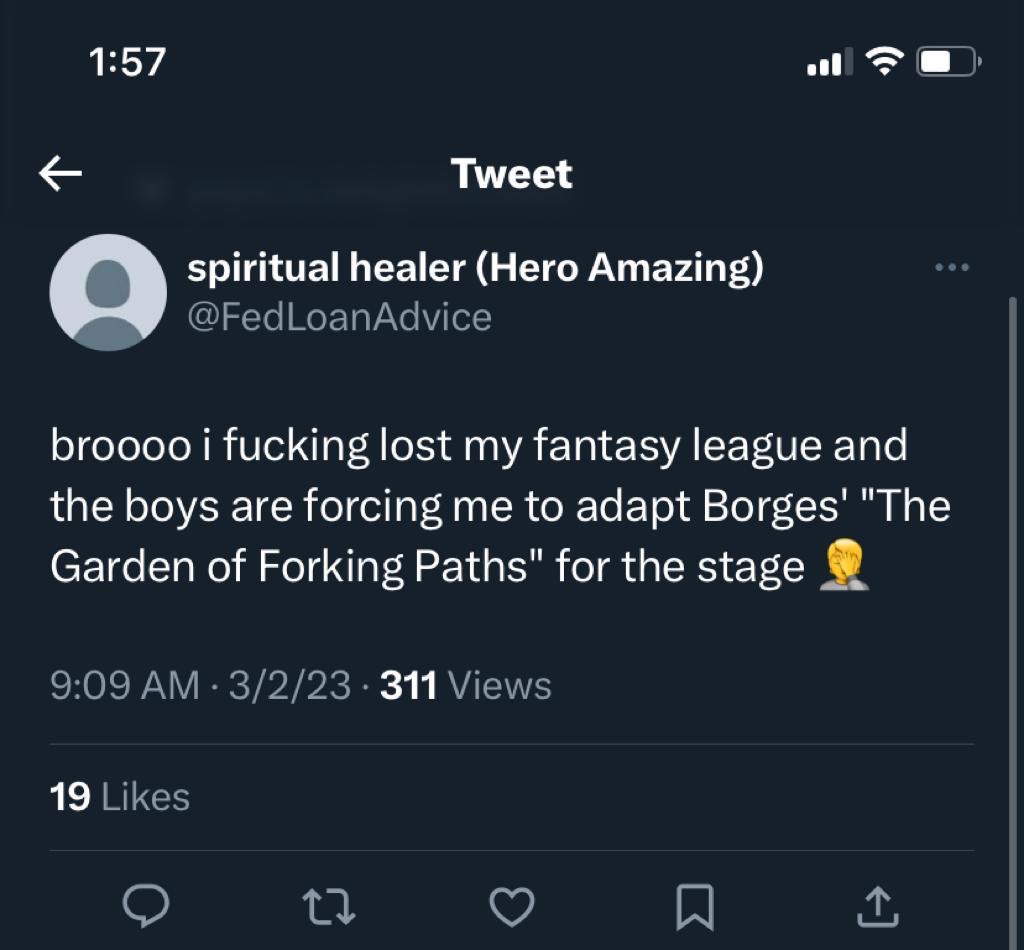
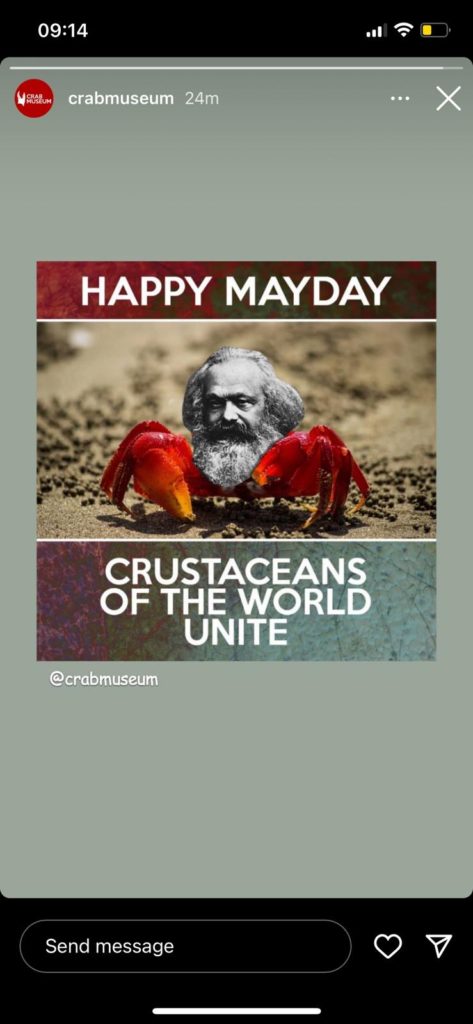
[ pending ]
[ pending ]
[ pending ]
[ pending ]
[ pending ]
[ pending ]
[ pending ]
[ pending ]
[ pending ]
[ pending ]
[ pending ]
On November 20, 2020, interorganizational anti-surveillance group Stop LAPD Spying Coalition will give a lecture as part of the West Hollywood Aesthetics and Politics (WHAP) series. Stop LAPD Spying Coalition is an inter-community effort to dismantle anti-Black surveillance and information-collective technologies utilized by the Los Angeles Police Department. Throughout the evening, comments and questions from attendees will be collected in the livestream chat and critically assessed in conversation following the lecture. The Fall 2020 Lecture Series, “Black Out: On the Surveillance of Blackness,” is presented by the CalArts School of Critical Studies and the West Hollywood Public Library. The lecture will be held virtually at 4:30 PST and can be viewed live here.
“If you are doing nothing wrong, you should have nothing to hide.” “What are you going to do in emergencies without police?” “The police work objectively to keep us safe.” All of these statements are based on an understanding proliferated through historical police propaganda in numerous forms. Its message is that the police are the “good guys” of society, here to keep order and protect the weak or threatened. Unfortunately, police in the United States were never designed to protect anyone other than the ruling class and white cishetero men. Since the inception of police units such as slave catchers, they have been utilized as a violent means of capturing, exploiting, and demeaning people. Because this implicit racism is interwoven into the deep history of the police, its violence will continue being directed against Black and Brown people, and there is no way for police to cease being anti-Black. Furthermore, there is no way for police to not be anti-Indigenous. In its very inception, the American police force was a weapon in the war on Indigenous and Black youth in order to colonize Native land for the United States as well as exploit the bodies of Black and Indigenous folks (“Building Power Against the War on Youth”). The historical pattern of police racism can be found in the disproportionate imprisonment, mistreatment, violence, and exploitation of Black and Brown folks as compared to whites. They reflect anti-Black and anti-Indigenous sentiments that have, since the colonization of Native lands, been central to American political and social discourse.
Knowing the racist history of the police, added reliance on technology in the police system can only be seen as a tool to justify systemic racism and incarceration of Black and Brown folks. Those who welcome it as a shift away from “biased policing” toward seemingly “objective data” miss the point because policing will always be biased. The popular phrase “If you are doing nothing wrong, you should have nothing to hide” does not consider that for Black and Brown people, who have always been the target of police brutality, “doing nothing wrong” still results in violence and incarceration at the hands of the police.
With the entrance of surveillance and policing technologies into an already violent detention system, Black and Brown communities are simultaneously targeted and punished due to seemingly unbiased scientific data. Along with the introduction of many programs to address terrorist concerns after 9/11 came the implementation of Intelligence-Led Policing. This method of policing emphasizes the use of data collection and analysis as a “preventative measure,” theoretically decreasing crime rates by predicting areas with high crime activity and increasing policing and surveillance to those areas (Stop LAPD Spying Coalition, “Before the Bullet Hits the Body,” 4). Although the supposed idea behind the use of surveillance and police technologies is to decrease crime rates using objective data analysis to predict crimes, the crime data used is inherently racist and biased. Data collection always inherently comes with intention, and there is great purpose in categorizing certain acts, and people, as criminal. Namely, it is part of a system that criminalizes “Black, Brown, and poor people in order to generate revenue for the state and private entities” (Stop LAPD Spying Coalition, “Before the Bullet Hits the Body,” 13).
A History of Racist Class Domination
The institution of the police, like all of American government, functions in such a way that favors the most wealthy and powerful members of society, who are often uncoincidentally white men and those who benefit from their alignments with whiteness and capitalism. Sociologists Paddy Hillyard and Steve Tombs state that “although any act […] is subject to the legal classification of crime, a selection process occurs where certain acts and not others are chosen for control by criminal justice agencies […] because those in power have control over lawmakers and the state’s enforcement apparatus, the acts that get defined as criminal, are the behaviors that conflict with the interests of those with the power to inform public policy” (“Before the Bullet Hits the Body,” 14). In other words, even the categorizations of what counts as a crime and what does not is never objective– it is controlled by the dominant class to maintain the order which keeps them dominant and powerful.
Class domination is apparent throughout United States history, highlighted by the passing of the 13th amendment, which “abolished slavery” only to initiate laws that specifically targeted Black folks by requiring proof of employment at all times (“Before the Bullet Hits the Body,” 15). Black folks were then imprisoned and forced into captivity and labor synonymous with slavery (but now “legally”) in what is now known as the convict leasing system (“Before the Bullet Hits the Body,” 15-16). The lesson to be drawn from this is stated on the back cover of Stop LAPD Spying Coalition’s “Building Power Against the War on Youth” zine: today’s police violence is “not a moment in time…but a continuation of history” (“Building Power Against the War on Youth”).
Technologies of Fear
Recent examples of biased police technology include surveillance robots and “Predictive Policing.” Knightscope has developed a series of surveillance robots introduced to public communities in areas in San Francisco and Washington (Free Radicals, “Robotic Security Threatens Our Communities”). These devices have been used to patrol city streets and to deter homeless folks, designed specifically to instill fear. The goal of these patrol robots is to keep the streets “safe.” However, one must question the political and economic systems that push poverty onto Black, Brown, Queer, and Trans folks, often keeping them homeless. Knightscope founder and former police officer Stacy Stevens does not seem concerned by these consequences. Instead, she sees robotic surveillance essential to the future of policing. She sees them as integral in establishing “…an authoritative presence…When I was a police officer one of the first things they teach you is you have to have a use of force, and that first use of force is a commanding presence” (Free Radicals, “Robotic Security Threatens Our Communities”). Her vision for the police does not see them as strengthening communities. This makes it clear that the central philosophy of the police, as admitted by one of their own, is to instill fear.
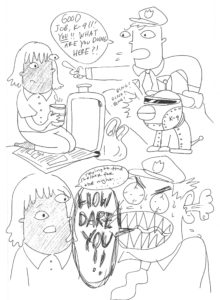
PredPol, short for “Predictive Policing,” was introduced by the LAPD in 2019 to make predictions about “high crime” areas in Los Angeles. Its stated purpose was to determine where a crime would be likely to occur, when, and by whom, which it would do by using data from crime reports to the police made by civilians (Stop LAPD Spying Coalition, “PredPol is LAPD’s Racist Predictive Policing Program”). These calls were then analyzed for crime type, crime location, and crime timestamp (“Before the Bullet Hits the Body,” 5-6). Its effect was to criminalize whole areas of Los Angeles. The area of Skid Row, for instance, was encircled by the LAPD’s LASER zones to function like a noose.
The Control of Space as a Technology of Oppression
Land has been intentionally divided in the United States by race and class. Jojo Jackson, a Navajo youth, illustrates their understanding of purposeful land allocation and division when they noticed a high infection and death rate in The Navajo Nation due to COVID-19. Jojo explains that the Navajo Reservation is larger than West Virginia, though the Navajo Nation only has 6 grocery stores compared to 163 grocery stores in West Virginia. Similarly, the Navajo Nation is living on 6 hospitals while West Virginia is living on 63 hospitals (Stop LAPD Spying Coalition, “Building Power Against the War on Youth,” 19). The spatial, physical, and financial inaccessibility to basic supplies and food or medical attention not only results in the enhanced danger of exposure to COVID-19 due to cramped grocery stores and medical centers, but also the overworking of human bodies and plummeting of already scarcely allocated resources.
The police system in the United States has always been built on and sustained through the oppression of Black, Brown, Queer, and Trans folks, and its design was never meant to protect anyone other than the white ruling class. Even at the inception of the United States, the police were used to facilitate mass land acquisition and the enslavement of Black and Native folks (“Building Power Against the War on Youth,” 4-6). Now with the addition of COVID-19 into our everyday lives, Black, Brown, Queer, and poor folks are in even more danger of police racism and violence through technologies like Knightscope robots and systems like PredPol or contact tracing (“Building Power Against the War on Youth,” 7-10), though they are among the most at-risk populations for COVID-19.
Additionally, the data which PredPol used is biased due to the very nature of their origins (police reports made by civilians). The probability of making a police report is heavily influenced by whether or not an individual even feels safe going to the police, which is often not the case for Black and Brown folks– this is why less than half of hate crimes motivated by race, sexuality, and other identities are reported (“Before the Bullet Hits the Body,” 17). Additionally, many police reports/calls are motivated by racial profiling, which affects the number and types of calls and complaints made to the police. Therefore, there is even a skew of the types of crimes that are reported that further criminalizes Black and Brown populations. We must address the racism and anti-Blackness that has been taught and passed down to us from our families, friends, authority figures, media, and more– biases that we may not even think about but that are at the very real detriment of the lives of Black and Brown people.
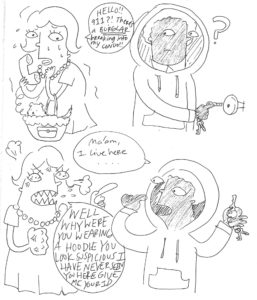
Technologies of Abolition
The ever-colliding worlds of technology and policing/surveillance have become very apparent especially this past summer. The murder of George Floyd at the hands of Minneapolis police and Breonna Taylor by the Louisville police are just two among countless instances of police violence. Such killing of Black folks has catapulted a new series of Black Lives Matter protests in all 50 states and across the globe since May 2020. With the onset of COVID-19, resistance to the violent police state, systemic racism, and anti-Blackness has been as active online as in the streets.
Police violence has often escalated in response. When Black Lives Matter protester Kevin Alfaro tweeted a picture of the now identified Nutley, NJ police officer Peter Sandomenico asking their followers to find the “Blue Lives Matter” mask-donning officer, they and four retweeters were charged with a fourth-degree felony for “endangering” Sandomenico (Peiser, “A Protestor”). Here, we see the ways in which the technology of social media allows for further state surveillance of individuals as well as the policing of virtual spaces. What is at stake with the latter is the repression of new possibilities of communal care made possible by online communities that center protection, autonomy, and communal knowledge.
Without the police, how will we be protected? For many of us, the police were never meant to protect us. Social media websites like Twitter and Facebook, in contrast, are often the only means of safety or protection offered to victims of sexual assault, domestic violence, and more. The exhausting process of starting a sexual assault or domestic violence case with the police is almost impossible, and more often than not leads to nothing. This is even more true for people who are Black, Brown, Queer, Trans, or a sex worker. Knowing this, many folks post their experiences online, as a form of “security” for themselves– knowing that their friends (online, real life, and otherwise), followers, or audiences know their location, who they are with, and more information important to their safety. In addition to the proliferation of information in the form of retweets and reposts, folks also support others with CashApp deposits, sexual assault resource centers, and more. This shows the possibilities of community care in place of a violent police state that operates off oppression and fear. Similarly, folks often post pictures and videos of people engaging in violent and racist acts online in order to crowdsource their identities, places of employment, school, and other places to ensure they face consequences.
Black, Brown, Queer, and Trans communities have always survived without systemic support or protection. More apparent now than ever is that the American Justice System will never be divorced from its racist “data” and history. The criminalization of Black, Brown, Queer, and Trans folks is purposeful. The criminal justice system, in its design, ensures that those with the power to influence policy and law are able to maintain the social order that can only exist with the exploitation of the lives and labor of Black and Brown people and acquisition of money and property. Until we see the day where the police system is abolished, there are pockets of hope of the possibilities of communal care and protection that can be seen in everyday life through our friendships and the mutual aid that sustains us.
Sources
Free Radicals. (2018, February 2). Robotic Security Threatens Our Communities. Retrieved from https://freerads.org/2018/02/02/robotic-security-threatens-our-communities/
Peiser, J. (2020, August 20). A protester tried to ID a police officer on Twitter. Now he faces a felony — along with four who retweeted him. Retrieved from https://www.washingtonpost.com/nation/2020/08/07/black-lives-matter-tweet-police-felony/
Stop LAPD Spying Coalition. (2018, May 8). Before the Bullet Hits the Body: Dismantling
Predictive Policing in Los Angeles. Retrieved from https://stoplapdspying.org/wp-content/uploads/2018/05/Before-the-Bullet-Hits-the-Body-May-8-2018.pdf
Stop LAPD Spying Coalition. (2020, May 19). Not a Moment in Time…Building Power Against the War on Youth. Retrieved from https://stoplapdspying.org/zine-not-a-moment-in-time-building-power-against-the-war-on-youth/
Stop LAPD Spying Coalition. (2020, April 2). Not a Moment in Time…Building Power Not Paranoia. Retrieved from https://stoplapdspying.org/zine-not-a-moment-in-time-building-power-not-paranoia/
Wang, S., Dhanushkodi, A., & Horgan, L. (2019, October 11). PredPol is LAPD’s Racist
Predictive Policing Program. Retrieved from https://freerads.org/2019/10/11/a-guide-to-predpol-and-dismantling-it/
Cover image “FTP FOR THE KIDS” by @bbyanarchists on Instagram.